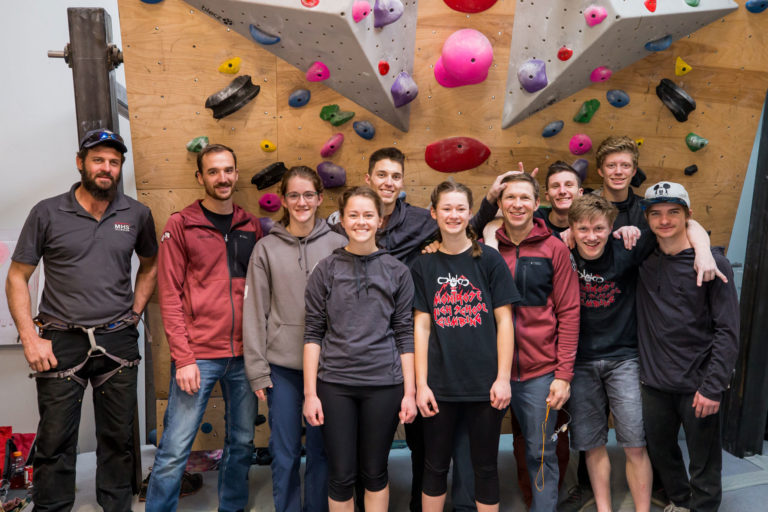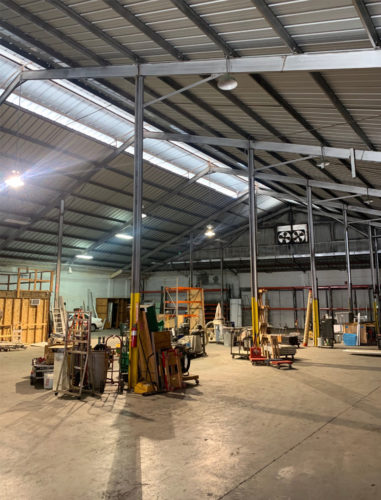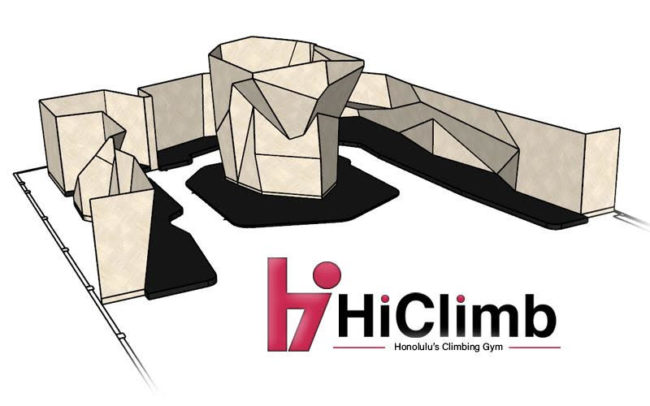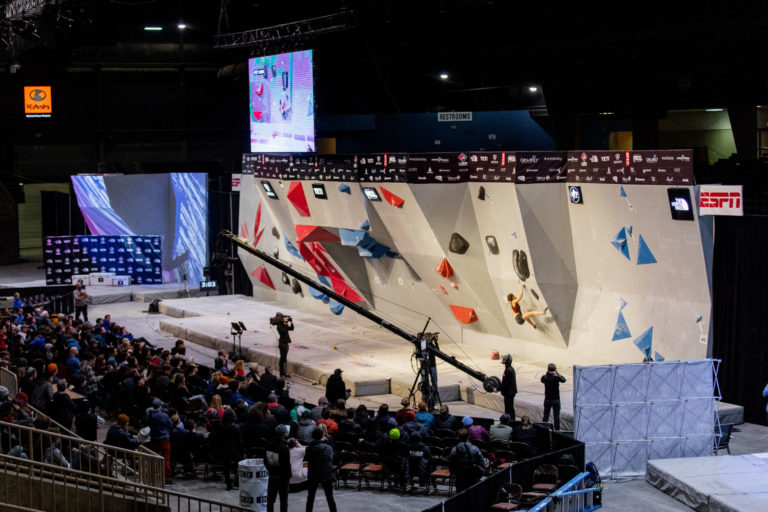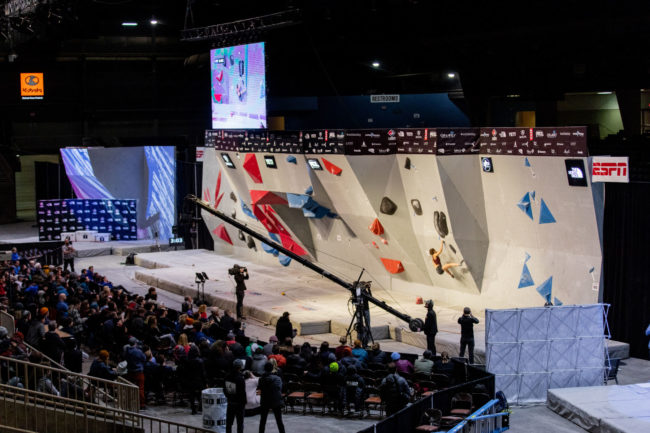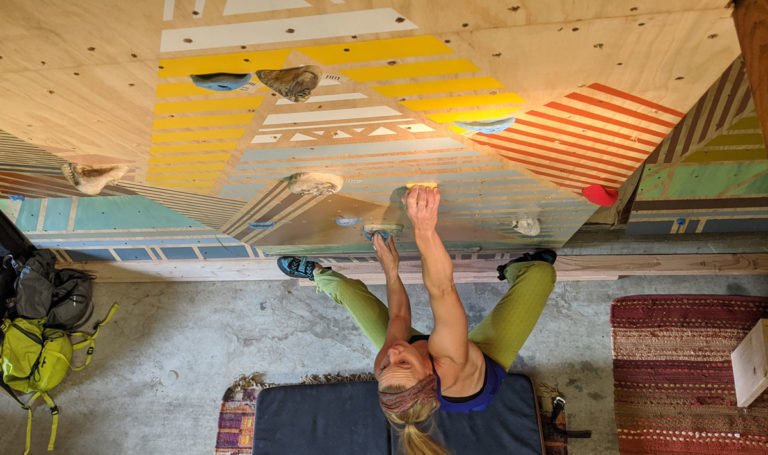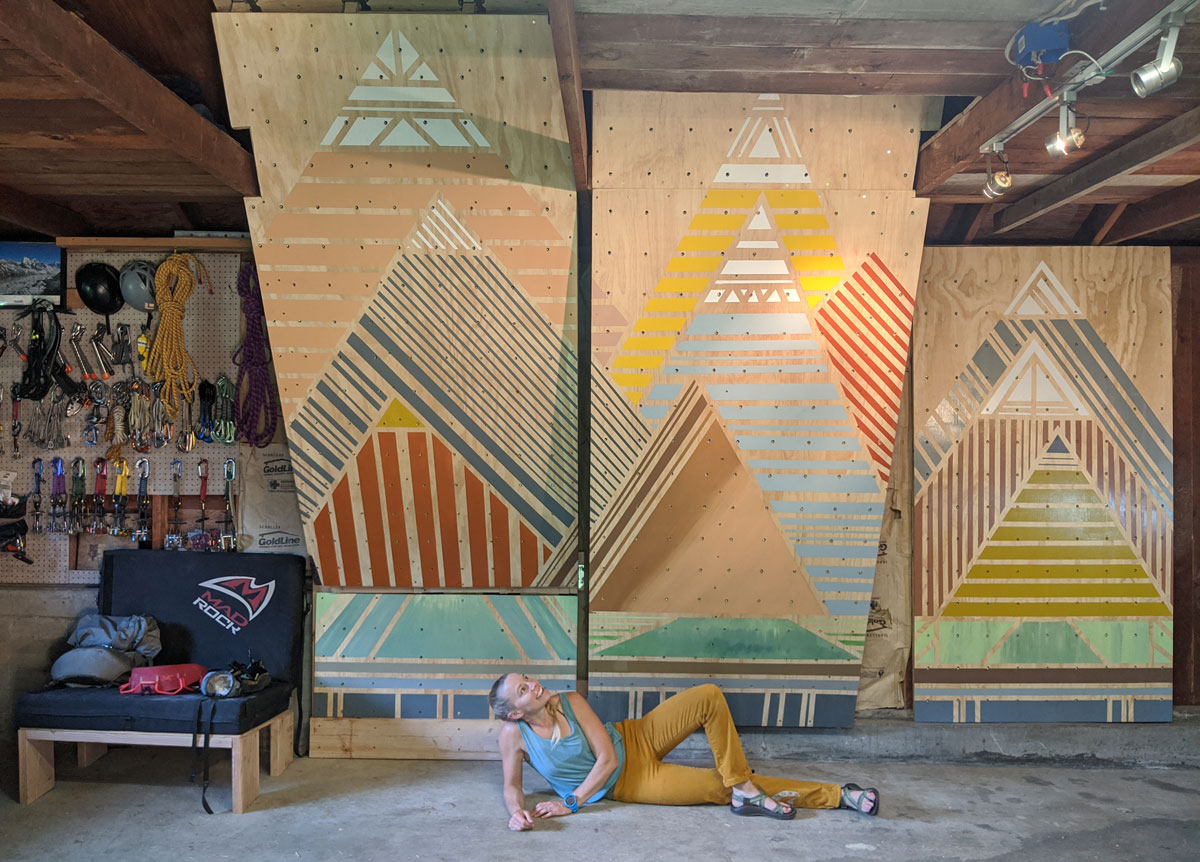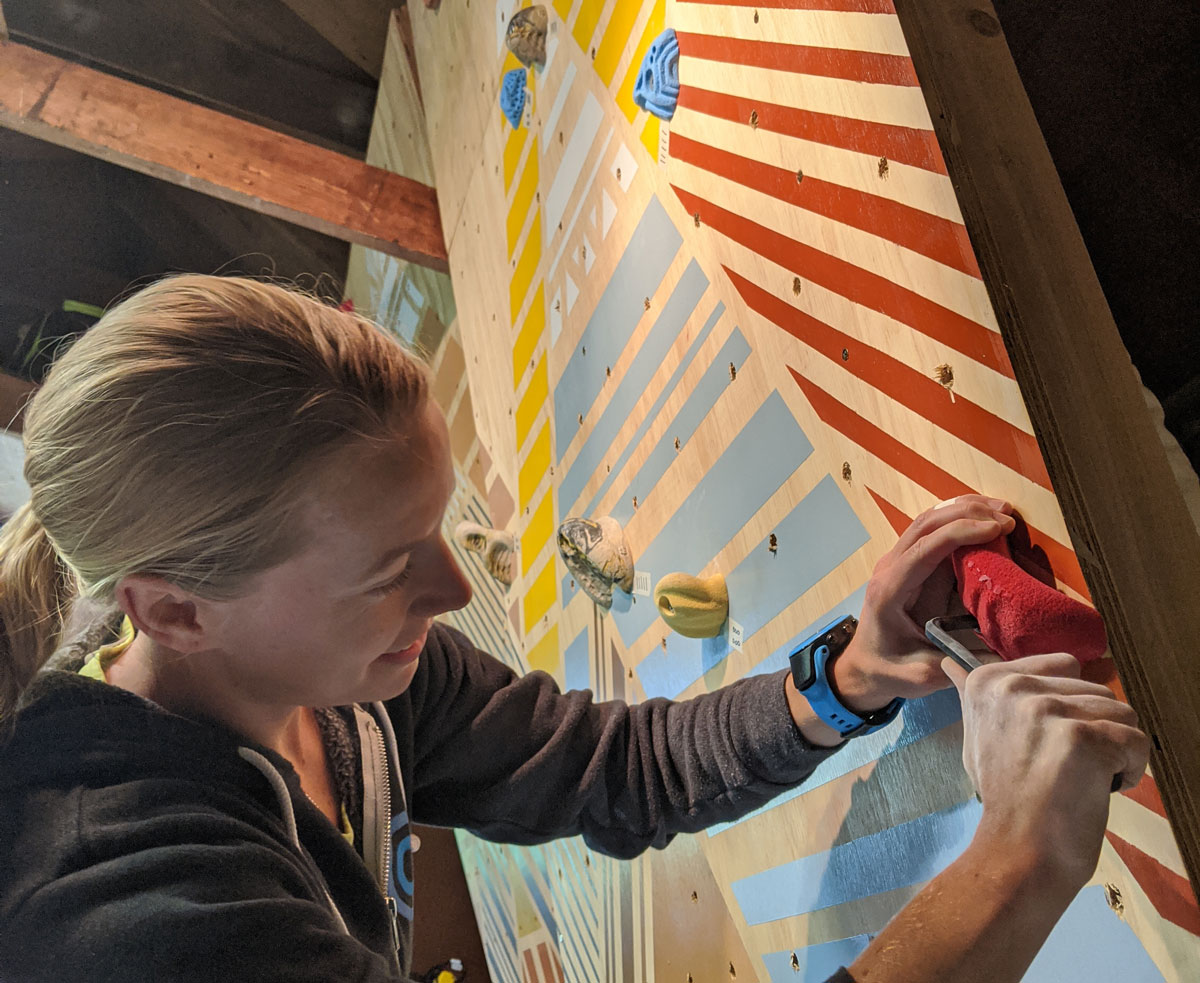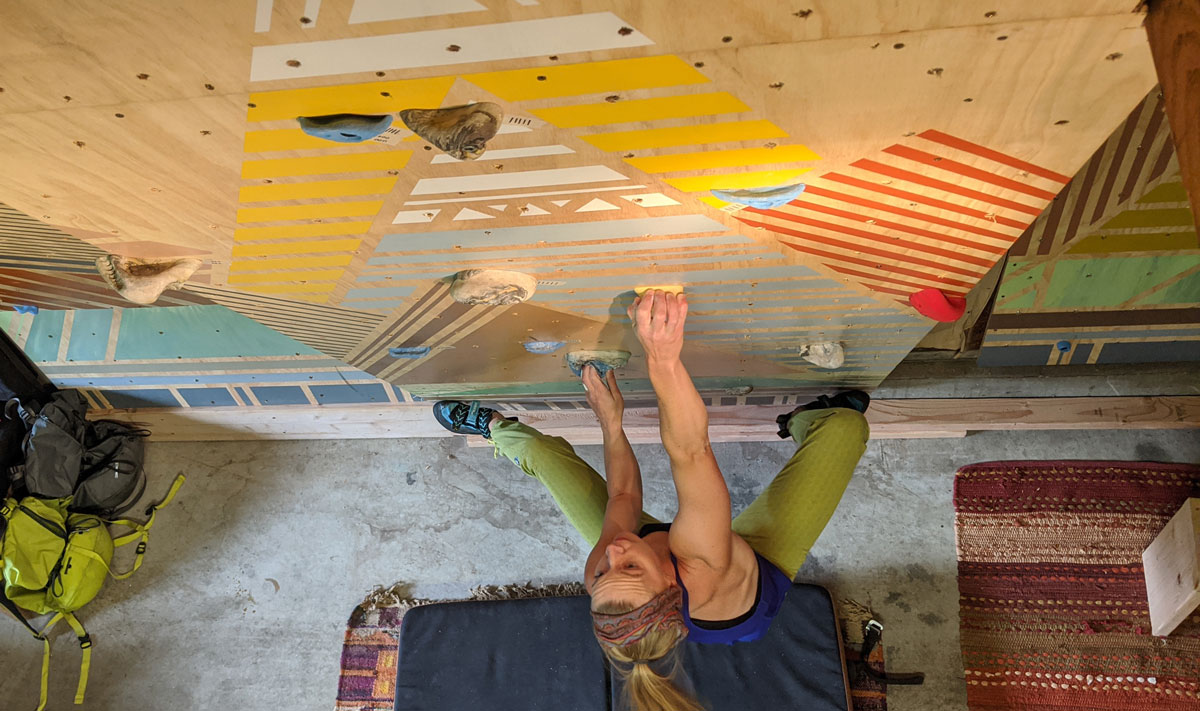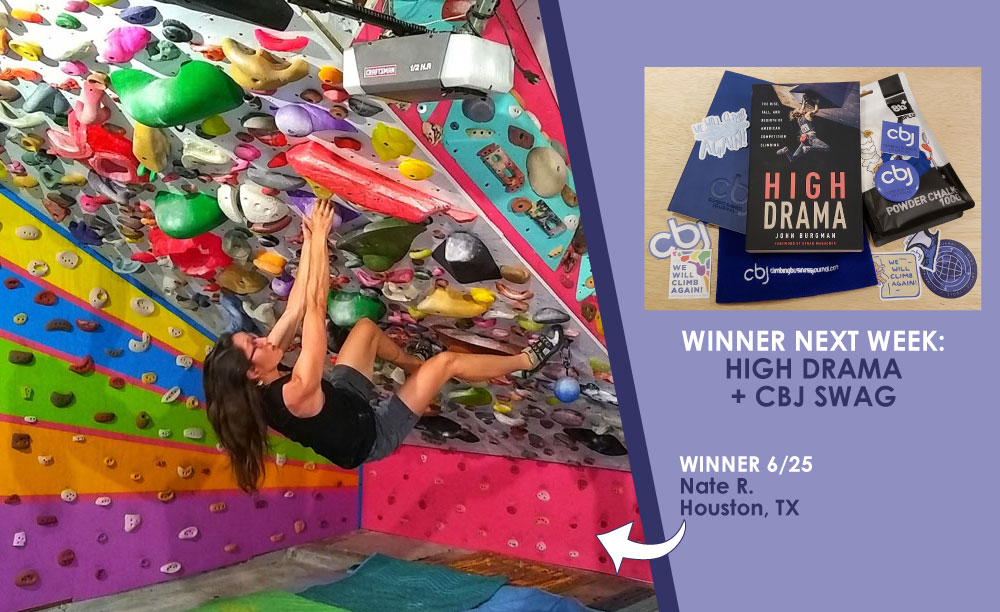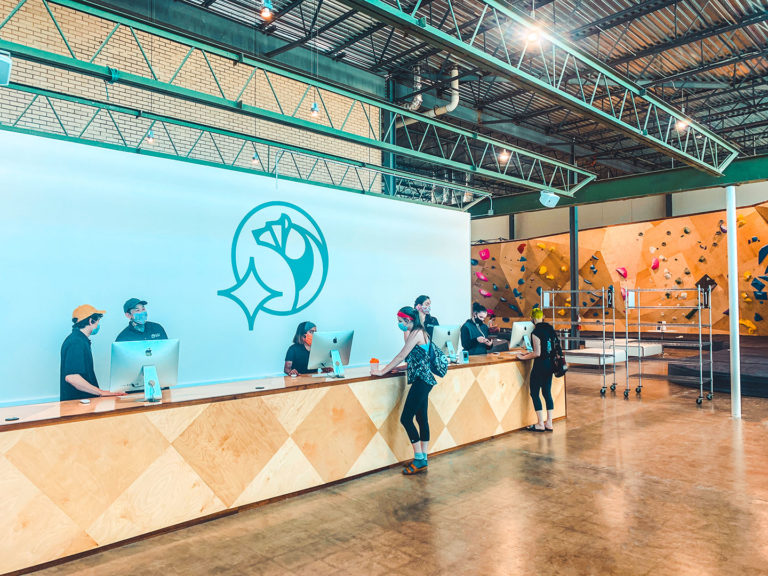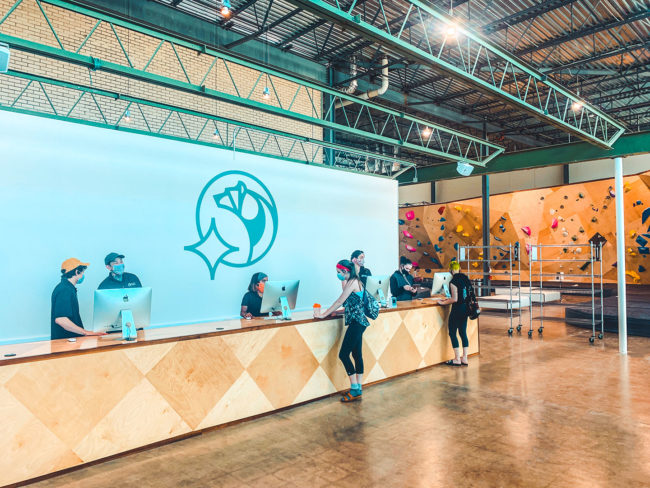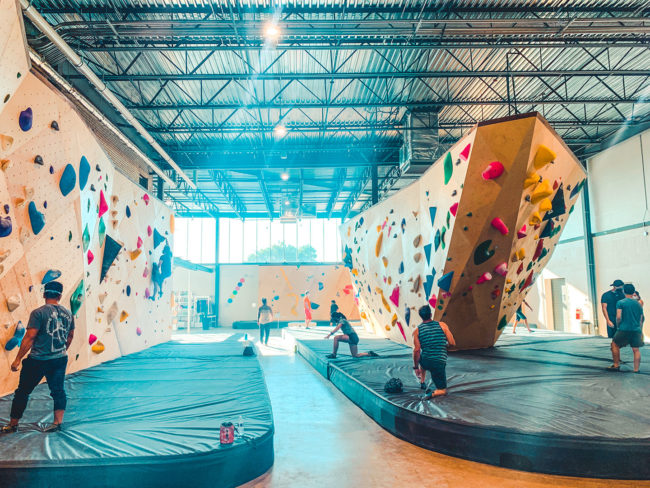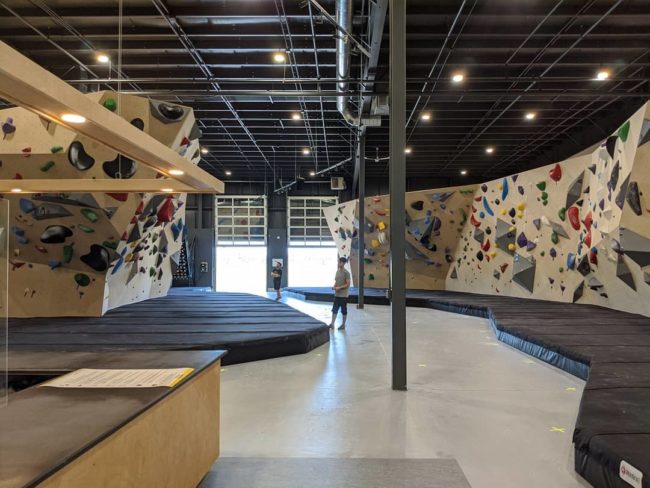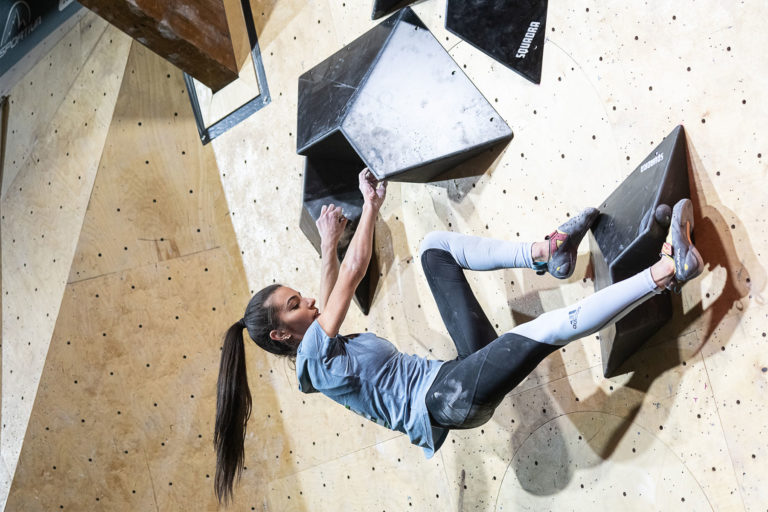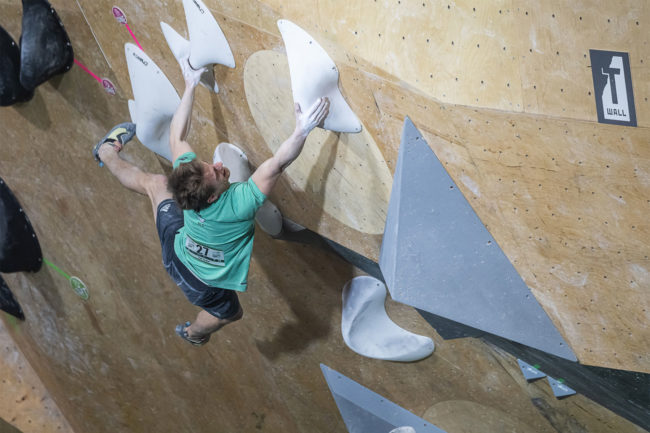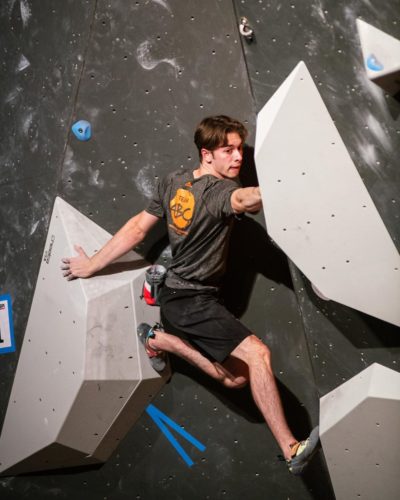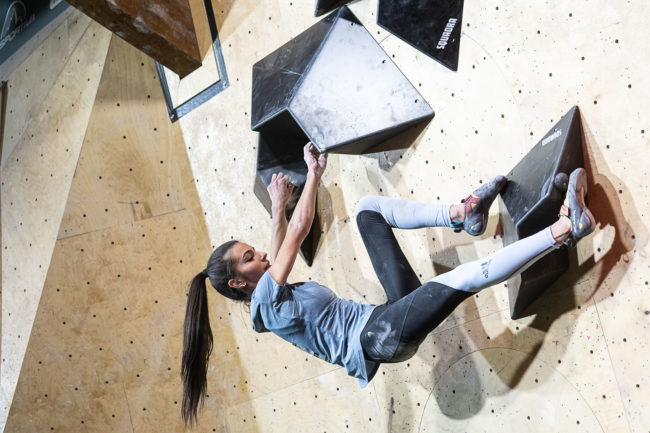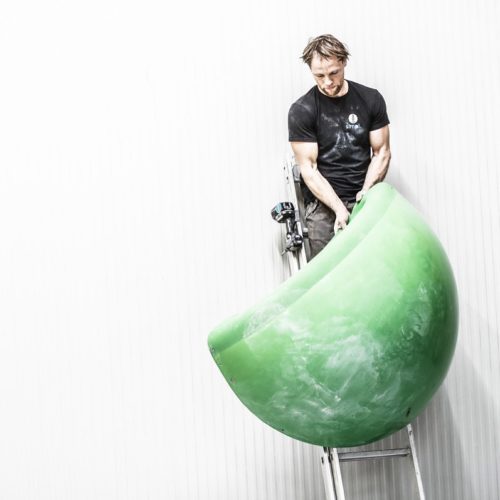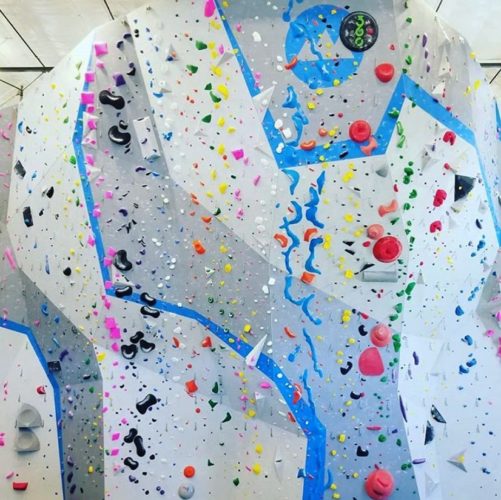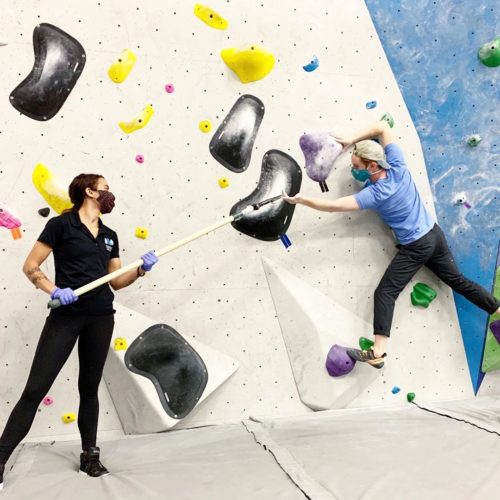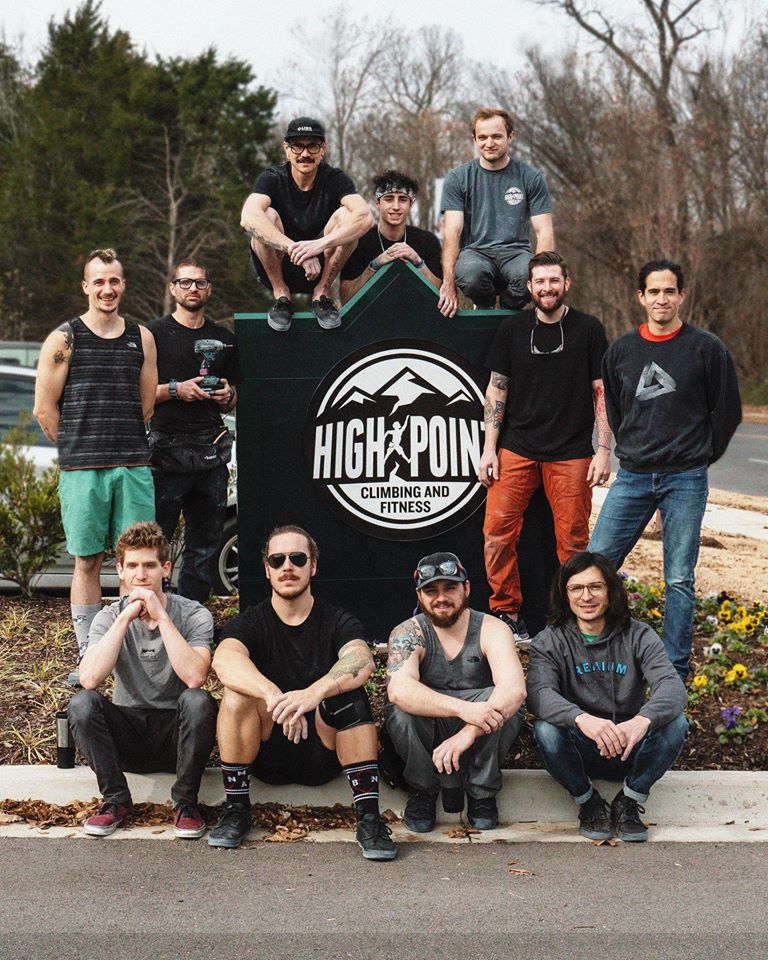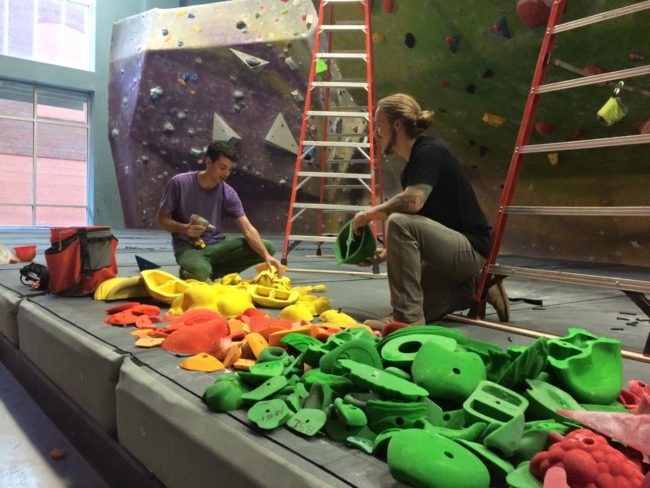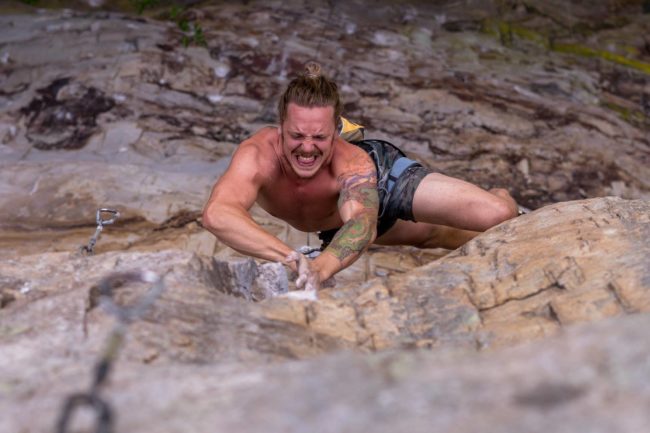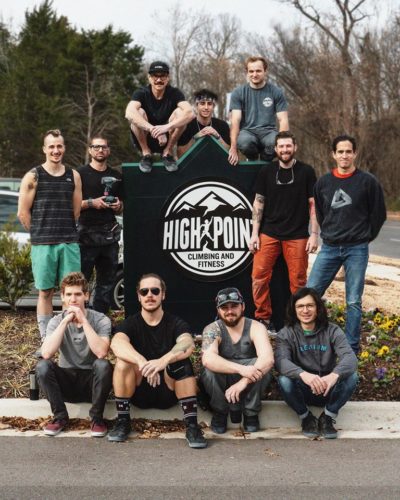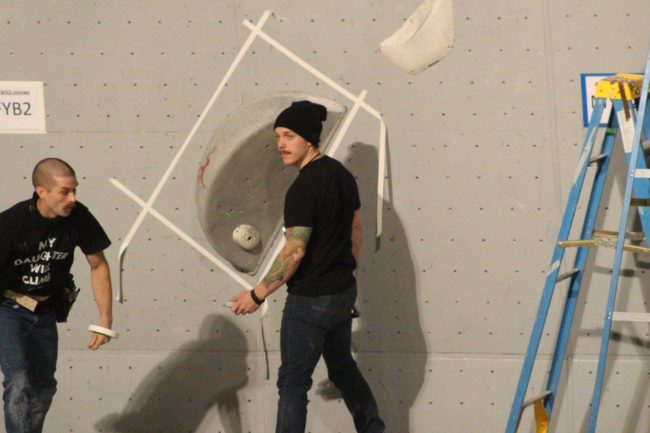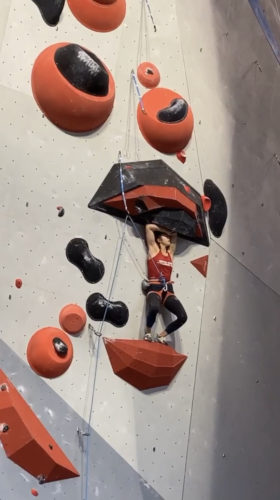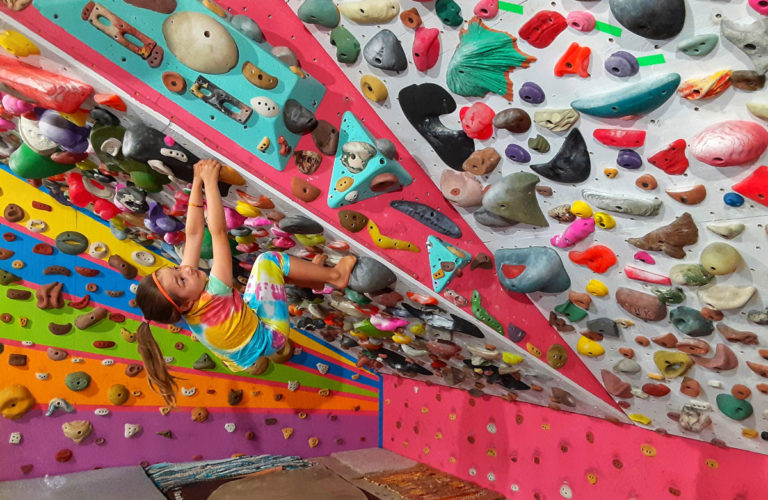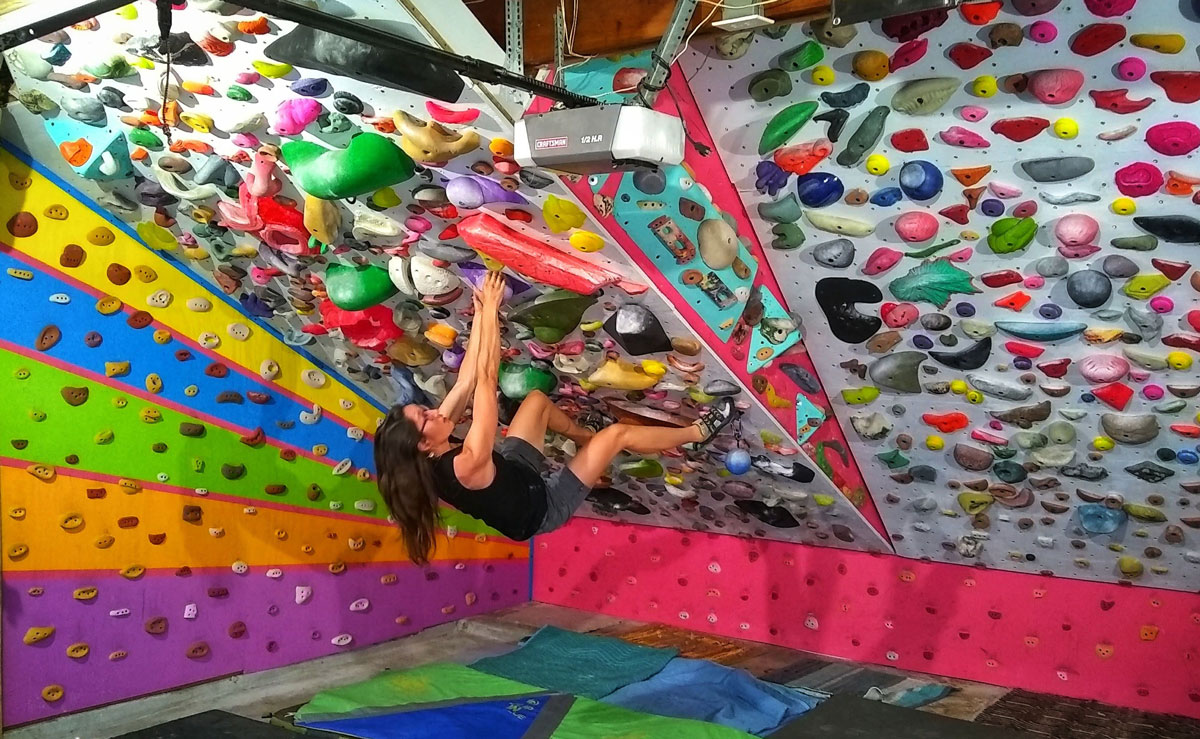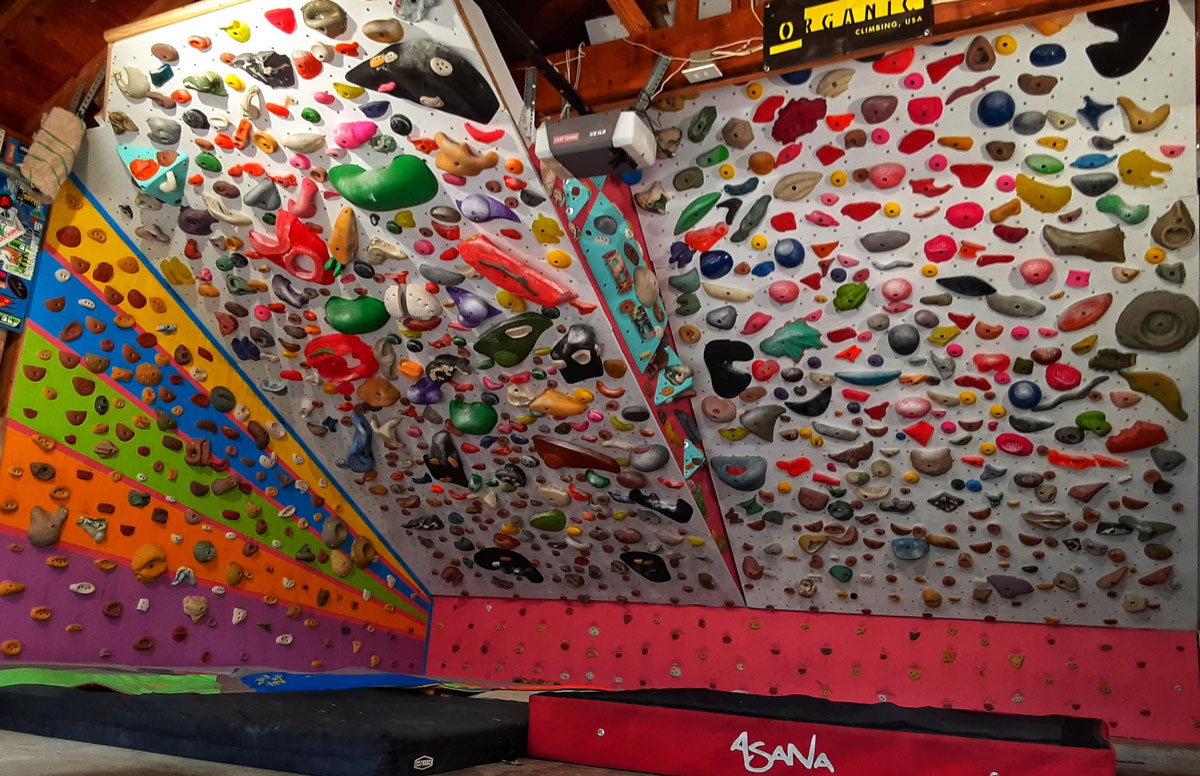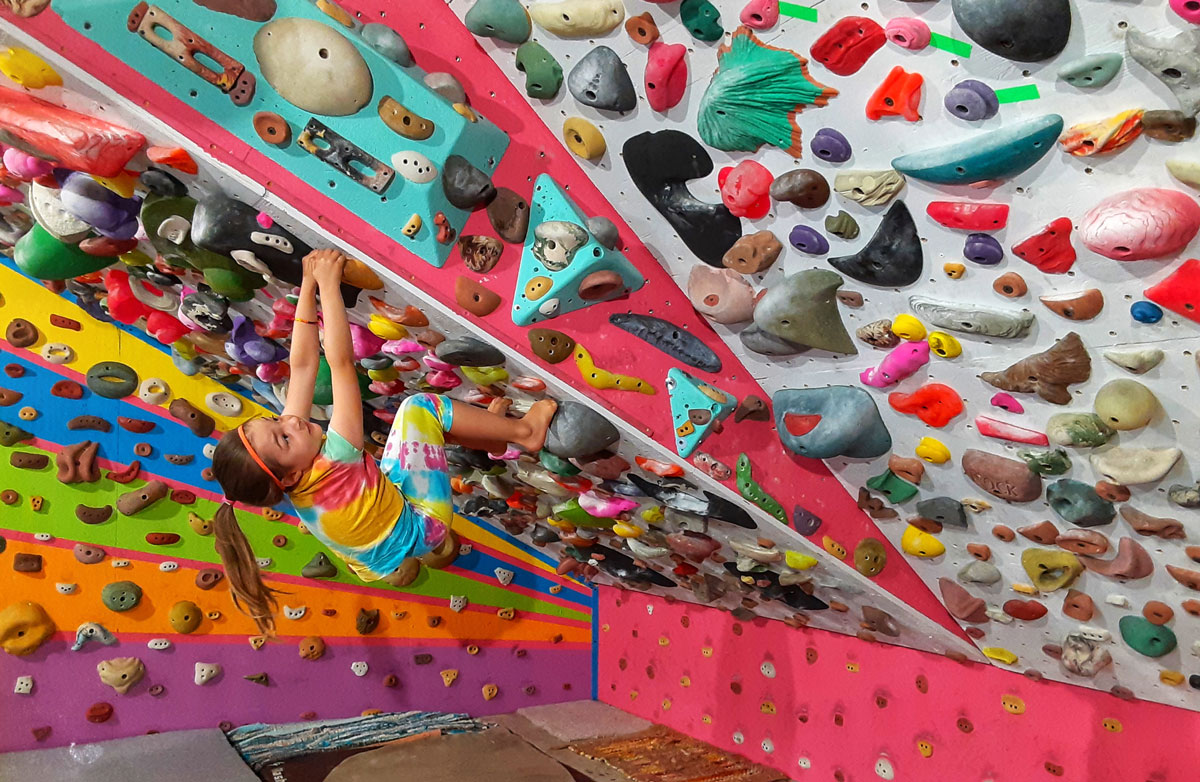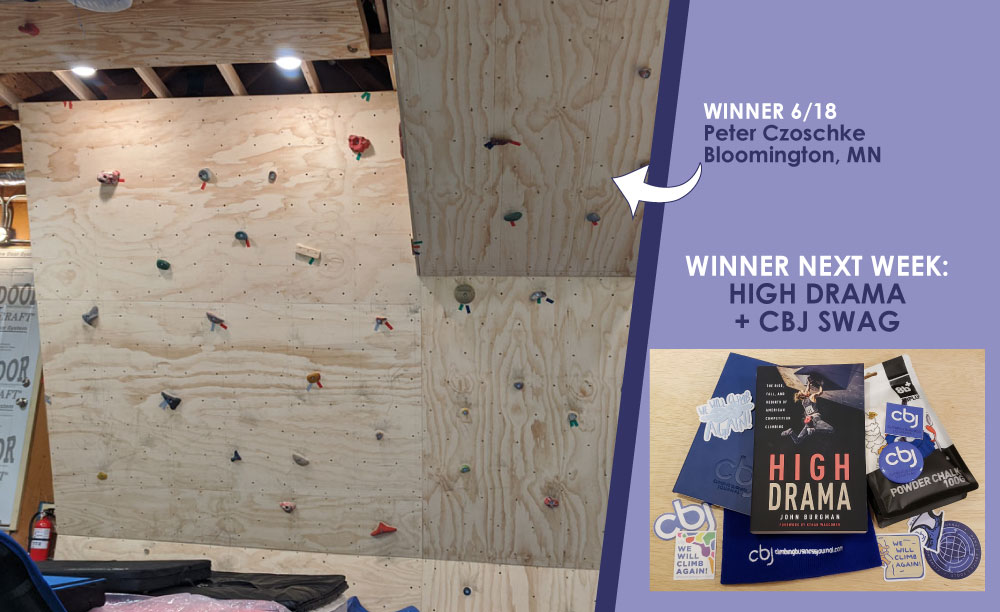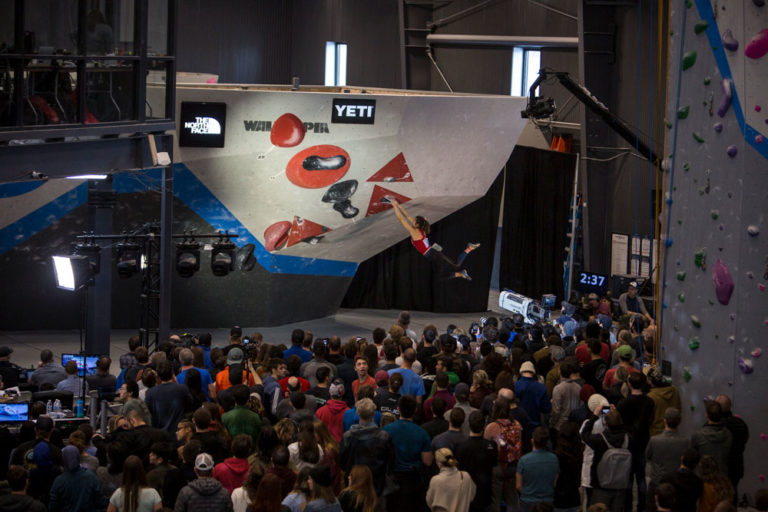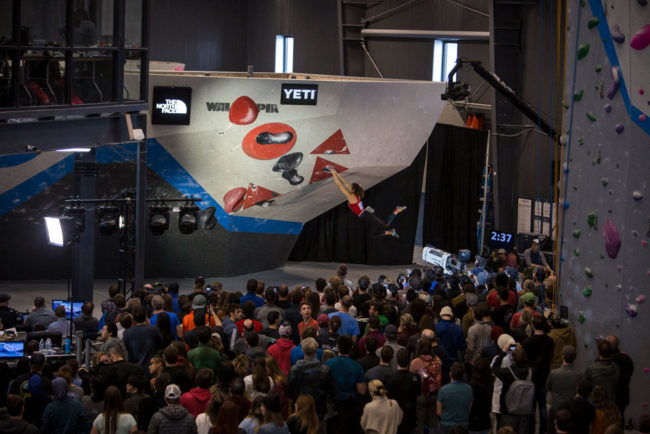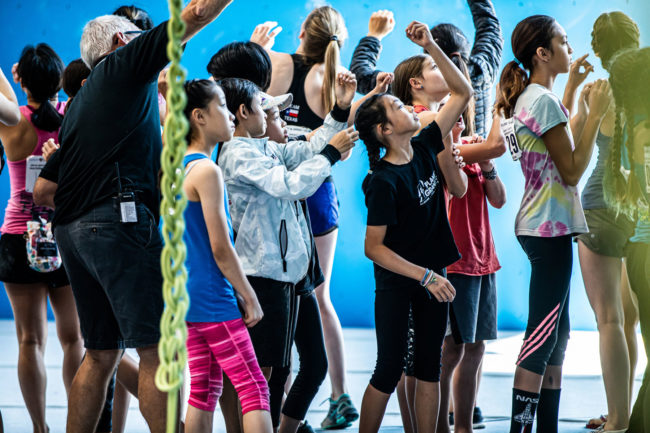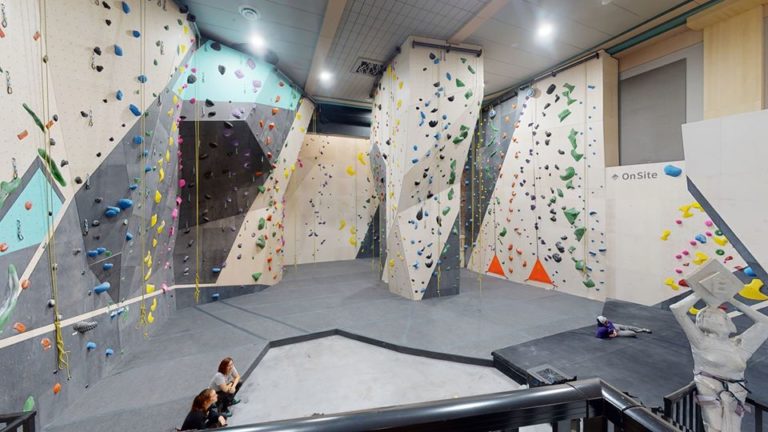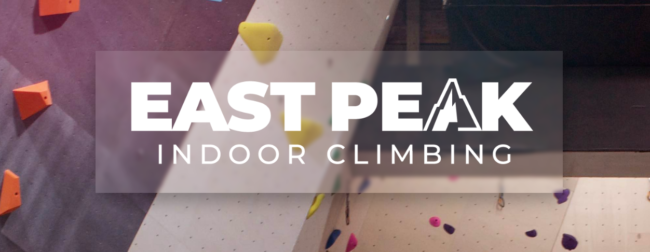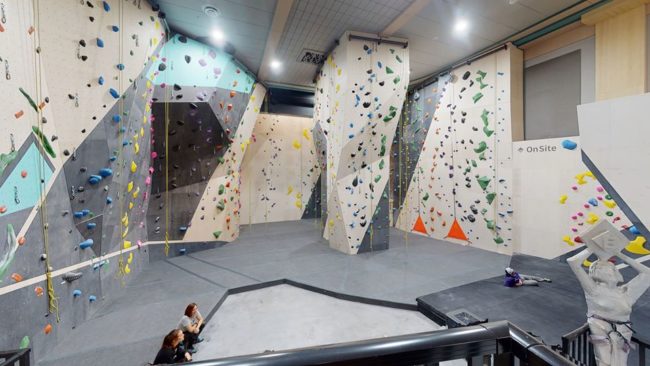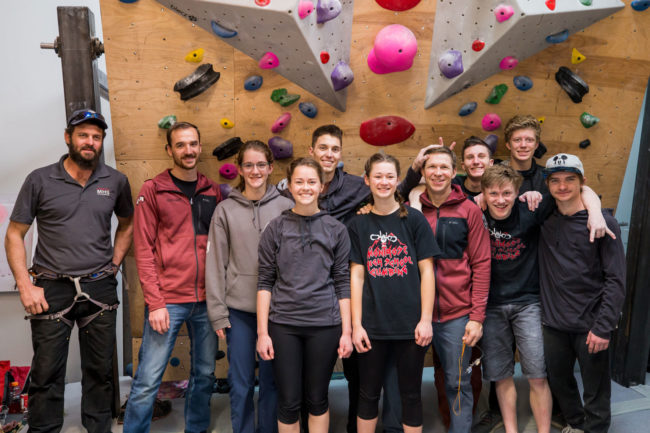
[Branded Content]
By Aaron Wilcox
When I moved my family from Missouri to Colorado to begin my teaching career, I was completely astonished to find that Montrose High School had a climbing team. When I told people about it, I got similar reactions to telling someone about competitive bocce ball. It seemed like a weird niche sport in a mountain town. However, I immediately began sending emails to find the coach and get myself involved. I wanted to see how the team began and how it worked. Climbing has given me so much, and I wanted to start giving back to the community.
I expected to find mutant tendons pulling on invisible crimps, and wirey youths sending everything in sight. What I didn’t expect was how much these students needed climbing. It was not just a matter of letting off steam after school or competing against schools across the state. These climbers were almost all new to the sport and addicted to something bigger than pulling on plastic. There was an atmosphere around this team that didn’t exist in my classroom. Climbers were jumping around with excitement, stoked out of their minds, and I wanted to know why.
The Power of Encouragement
“I spend most of my time playing video games. I don’t have a lot of confidence in myself. Then I heard from a cute girl that the climbing team is fun, maybe it’s worth a try.”
Alongside the evolution of its competitions, climbing has come to be known to many as a sport which builds connections. Part of what originally brought me into the sport was the awesome group of people doing it. I enjoyed hearing people cheer me on as I attempted my project. It didn’t matter they had already sent it. I knew they were just stoked to see me pushing myself. My accomplishments did not diminish theirs, so they were free to cheer on the newcomer.
This feeling of positive peer encouragement was intoxicating because it seems so rare to me. How often do you hear someone tell you something positive? A simple compliment can feel inappropriate in the workplace or at school, but climbing? Climbing can take down this societal barrier and allow us to give positive feedback to each other.
For developing teens who compare themselves with social media influencers and fake online personas, hearing “good job” can go a long way. I often ask my classes, “When was the last time someone told you something you needed to improve?” I usually hear students say, “Last hour.” Then I ask, “When was the last time someone complimented something you did without any ulterior motive?” Crickets…
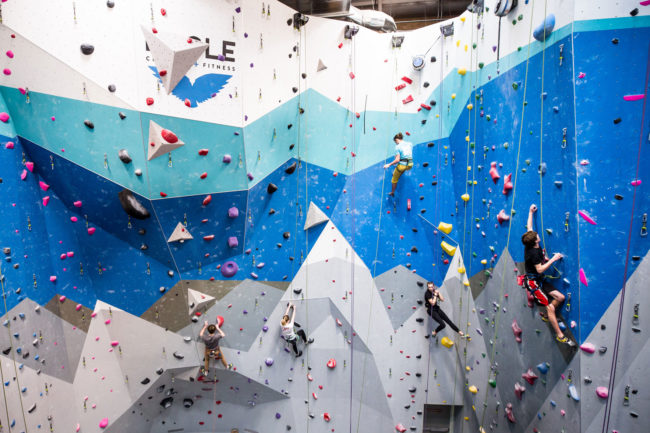
The Power of Failure
“At tryouts I was mostly comparing myself to other people. I saw that they were way better than me and I kinda gave up.”
Failure is ever present in climbing. In school, failure means alienation. At its best, climbing creates a place where failure is a starting point, not an end. Learning that pushing your limits requires failure is second nature to many climbers (unless you are onsighting 5.15). I believe failing requires confidence. To me, confidence is very different from arrogance, yet many teenagers only have one of those traits. Confidence is knowing that your value is not related to what you have done, but who you are.
How many of us “adults” measure ourselves by how hard we send, what destinations we have climbed, or how lux our sprinter van is? How much of that leads us to true happiness? I teach students who are no different, they just don’t mask their true motives behind false maturity in the same way. Failing and the confidence learned through those failures is invaluable as a high school student heads off to higher education or the workforce. Without that confidence, I believe we will be constantly searching for the next thing to tick off our list that will give us value.
The Power of Camaraderie
“I was so surprised I made the team, I didn’t think I was good enough. I was thinking, ‘At least no one will know that I didn’t make it.’ Then I saw my name on that list! I didn’t know what alternate meant, but it was the best word I had ever read.”
I asked several of the newest team members why they joined the team and what they have enjoyed about climbing. Overwhelmingly, I had students shouting that they didn’t expect it to be this fun. They compared it to other sports where the competition is the “enemy” and how the camaraderie they have found in climbing can actually push you harder than the win or die mentality.
Some were surprised with how strong they got; others were just pleased to be doing something hands-on instead of online. But all of them could not hide the fact that they were…simply happy. They had found a true community of peers supporting them as they laughed together and struggled side by side.
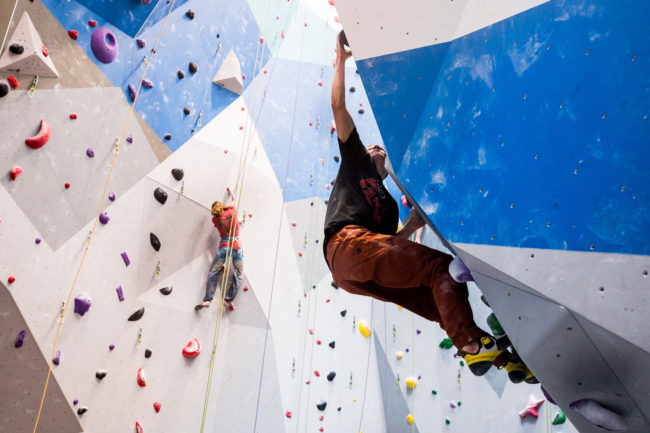
The Power of Inclusion
“I was surprised at all the social groups represented on the climbing team. I have made a lot of friends because there are so many different groups here.”
High schoolers are facing an uphill battle. The teen suicide rate in Colorado has increased by 58% in three years. Teens can lack a sense of identity, need community, struggle with failure and have every one of their flaws permanently published online.
I feel strongly that our climbing team is an oasis for young people seeking positive mentoring and real connections. The only time I see a phone out is when someone is connecting to the Moonboard. I cannot think of any analogy that would describe just how shocking that statement is.
Climbing is probably not going to solve an entire mental health crisis. For many, it’s just a fun hobby. But maybe that’s exactly what we need. A hobby that promotes inclusion, celebrates challenge, allows for struggle, and creates an environment of peer support. Don’t all of us want that?
The Power of High School Climbing
“Now I don’t compare myself to others. I just push myself and I have more motivation. I gained a lot of muscle and have gained confidence in my physical ability. Before I had none.”
If you are lucky enough to live in a town with a youth climbing team, I encourage you to get involved. For me, the thing about community is it becomes what the people make it. I was lucky to start climbing in Arkansas where the climbing scene can be very friendly to beginning climbers.
Not every youth team is guaranteed to have the success that we have enjoyed. I give credit to all the coaches and climbers that have created the amazing environment that I am now part of. This team is like family to me. I also want to thank Black Diamond and Trango for supporting our team. Climbing gear is expensive, and each competition charges the competitors to register. Imagine a football game where each player is charged 15 dollars just to take the field!
The American Scholastic Climbing League works to keep these costs reasonable, and helps keep the rules simple and concise. But we still need financial help to make this sport available to everyone, not just the privileged. It is easy to post political opinions. Making an actual impact can take time. But it might be easier than you think. It might be as easy as slipping on those climbing shoes and hanging out with some kids that might show you a thing or two.
The American Scholastic Climbing League is a 501c3. If you would like to help us provide league fees for students, please consider donating at https://climbtheleague.org/donate/.
 About the Author: Aaron Wilcox is a Spanish teacher in the small town of Olathe, Colorado, where he lives with his wife and three daughters. When he is not busy coaching the Montrose climbing team, he spends most of his free time climbing, camping, and taking pictures in the San Juans. You can follow him @aaronwilcoxphoto on Instagram.
About the Author: Aaron Wilcox is a Spanish teacher in the small town of Olathe, Colorado, where he lives with his wife and three daughters. When he is not busy coaching the Montrose climbing team, he spends most of his free time climbing, camping, and taking pictures in the San Juans. You can follow him @aaronwilcoxphoto on Instagram.
.




